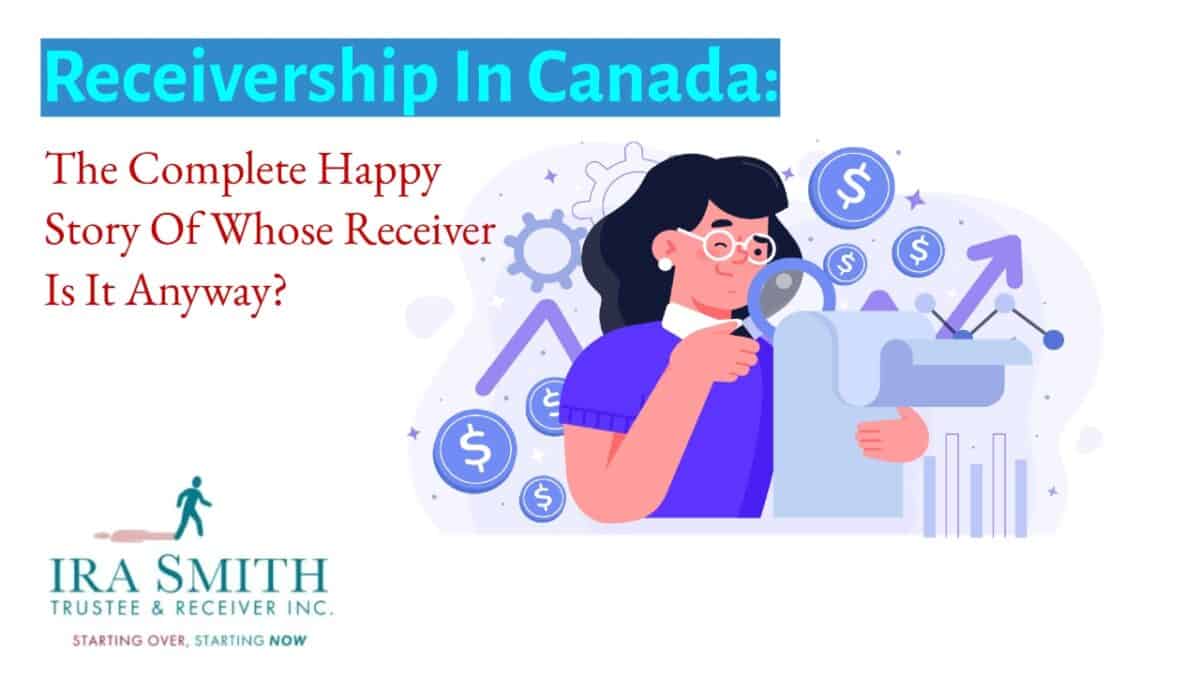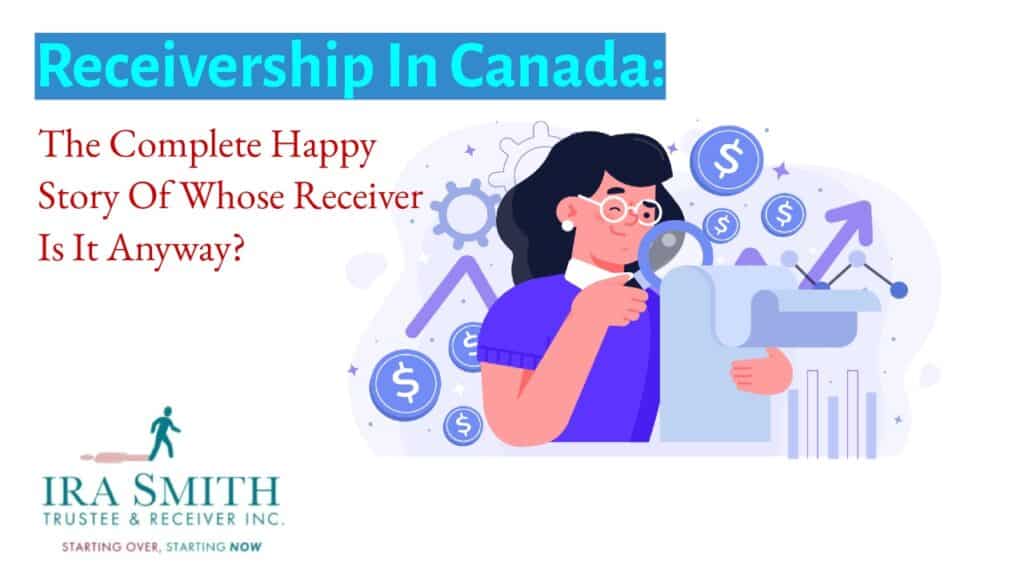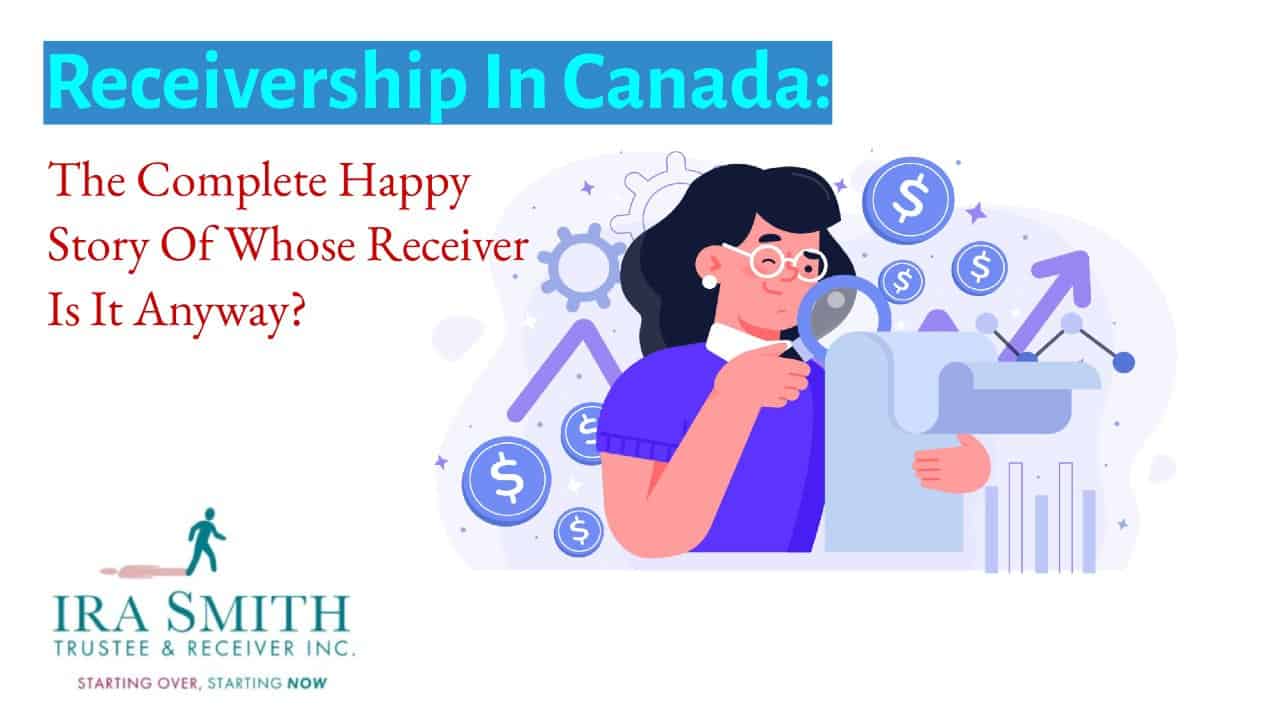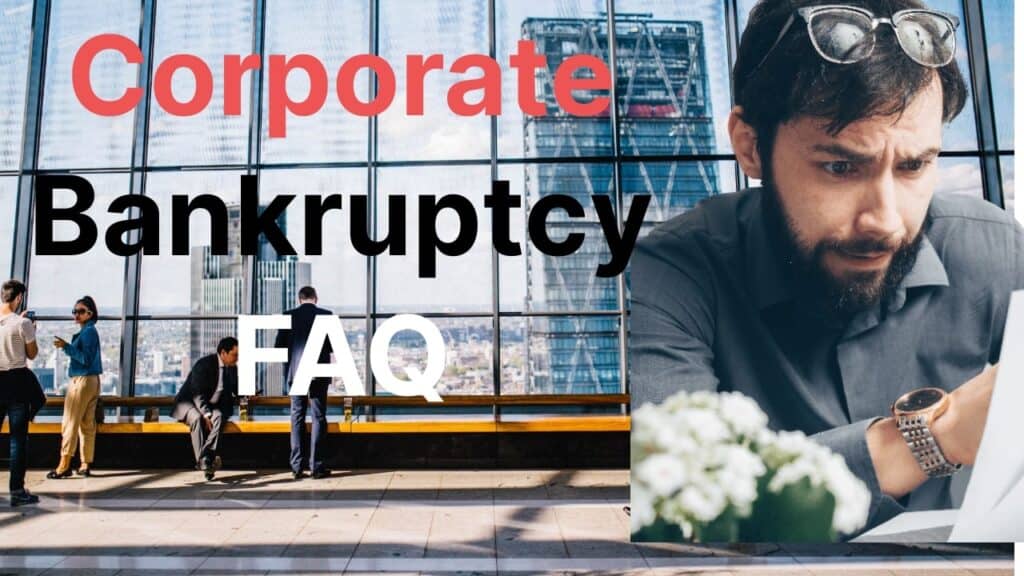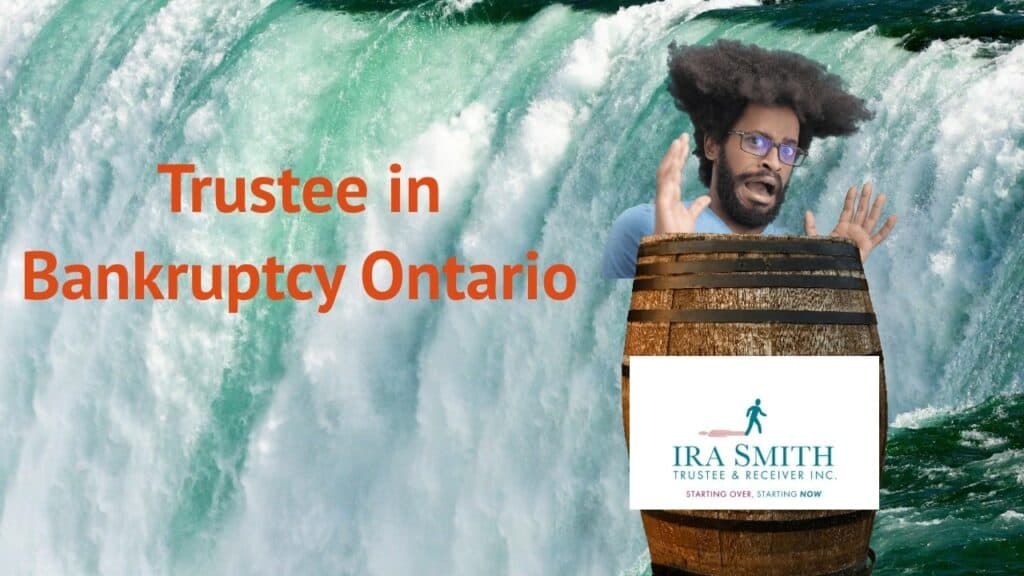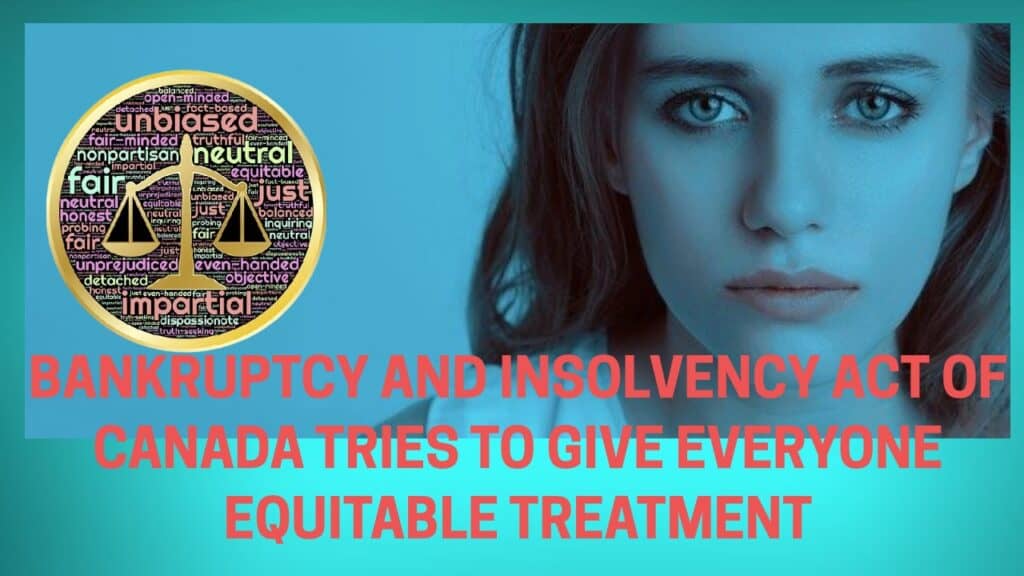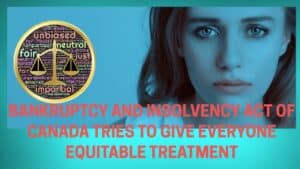Toronto payday loans popularity
The city of Toronto is Ontario’s largest city and is home to a growing number of individuals and families who are financially strapped and in need of quick financial assistance. Payday loans, which are short-term personal loans typically used to cover unexpected expenses, are becoming increasingly popular amongst Toronto residents due to the ease and convenience of applying for this quick loan product.
Payday loans offer borrowers immediate access to capital (either the same or within 1 business day) and these cash loans can be used to cover emergency costs, such as medical bills or car repair costs, when you don’t have the money to do so otherwise. There are many payday loan lenders in Toronto, each offering different terms and conditions regarding loan amounts, repayment terms, and fees. The one thing all of these providers with their alternative payday loans have in common is that the financial solutions they offer are very pricey.
This Brandon’s Blog provides a beginner’s primer to the Toronto payday loans industry. We will analyze the associated regulations, and different loan options, and provide some practical advice.
Toronto payday loans regulations
Payday lenders are usually the first and also the last stop for those who would be unable to secure a loan through more traditional banking institutions. They are the most vulnerable so the province implemented additional regulations to further regulate this industry. The Government of Ontario has enacted regulations for payday loan services in Toronto and the rest of Ontario. It is an essential part of trying to protect consumers residing in one of Canada’s most populous provinces. These regulations are aimed at ensuring that individuals accessing this kind of short-term loan services are provided with effective consumer protection.
The city of Toronto defines Toronto payday loans lenders as any establishment providing payday loans from physical locations, or any portion thereof, operating as a payday lender as outlined in the Ontario Payday Loans Act. In 2018, the City of Toronto limited the number of permits issued to businesses that offer payday loan services, setting the cap at the number of licenses already issued by that time.

Ontario Payday Loans Act
The Ontario Payday Loans Act, 2008, S.O. 2008, c. 9 has been established to enforce regulations on the payday loan industry in Ontario. Since its implementation, numerous amendments have been made in an effort to safeguard consumers in Ontario who utilizes payday loan services. This piece of legislation lays out the requirements for eligibility, the maximum allowable rate of interest, and various repayment plan choices.
Four key provisions of this Act are:
- The borrower retains the right to settle any or all of the payday loan prior to the expiration of the loan agreement. The lender is not authorized to receive or request any part of the borrowing cost from the borrower prior to the end of the payday loan contract.
- The cost of borrowing related to a payday loan agreement may be limited if the amount of the advance is $1,500 or less (or, if a different amount is prescribed, that amount or less) and, if the agreement has a duration of 62 days or less (or, if a different number of days is prescribed, that number).
- A lender is permitted to levy a charge of up to 2.5 percent per month on the unsettled principal balance in the event of delinquency, not compounded unless an alternative rate has been explicitly prescribed.
- A payday loan agreement should not impose any default charges upon the borrower beyond reasonable legal costs incurred by the lender in attempting to collect the required payment. A dishonoured cheque, pre-authorized debit, or other instruments of payment may incur a fee of up to $25.
The Canadian Criminal Code sets the maximum interest rate that can be charged in Canada at 60% per annum. However, payday lenders are exempt. So in spite of the federal and provincial guidelines, payday lenders in Ontario are typically authorized to collect interest of $15-$20 for every $100 borrowed. When expressed as an annual percentage rate (APR) – the same metric applied to credit cards, mortgages, auto loans, etc. – this translates to the cost of borrowing permitted being an APR ranging from 391% to more than 521%!
What other paperwork is required for making an application for Toronto payday loans?
When applying for Toronto payday loans, it is important to ensure you have all the necessary documents to submit alongside your application. These documents include:
- government-issued photo identification, such as a driver’s license or passport;
- a void cheque or a debit payment authorization form;
- an active bank account statement with 30-60 days of account activity;
- proof of where you live, such as a utility bill; and
- a recent pay stub to prove your source of income and your regular income or monthly salary.
It is important to note that these documents are used to verify your identity and demonstrate your financial status.

Toronto payday loans interest rates and fees
Payday loan interest rates and fees in Toronto can vary greatly depending on the lending institution. Credit scores play an important factor in determining the applicable rate, as each lender has their own set of policies and regulations. Alongside the interest rate, fees also are charged.
When considering Toronto payday loans, it is essential to investigate and compare the various lenders available to ensure you secure the most competitive interest rate and fees. Prior to signing any loan agreement, be sure to read it thoroughly and check that all applicable fees and interest rates are correctly stated.
The Toronto payday loans application process
If you can’t make it to one of the brick-and-mortar payday loan locations for a time of day during regular business hours, don’t fret about it. Toronto payday loans have an application process that can be easily completed through one of the many online payday lenders with payday loan online applications which can be completed with minimal effort. Simply provide one of these online lenders with your personal and financial information and they will assess your eligibility. Upon passing the approval process, access to funds can be accessed by way of transferring to your account in a timely manner.
Before beginning the application process for Toronto payday loans, it is essential to thoroughly familiarize yourself with all the applicable terms and conditions. Furthermore, it is highly recommended to plan and budget for the loan repayment in order to avoid any extra fees and charges.

Toronto payday loans: What if I am on ODSP?
A certain group of Canadians use the convenience of quick access to short-term funds. But for those receiving Ontario Disability Support Program (ODSP) payments in Toronto, the question becomes: is it possible to apply for and receive an online payday loan?
The answer is not so simple, as many lenders have restrictions against lending to individuals receiving ODSP.
Toronto payday loans: The Canadian government survey
The Financial Consumer Agency of Canada (FCAC) performed a study on payday advance loans, producing insightful and sometimes surprising results. The survey exposed that, while cash advances are a practical method for customers to gain access to credit, they are a pricey form of loan, with a common interest rate of 546%. Moreover, fewer than 43% of respondents recognized the loan terms for this kind of financing.
The findings also indicate that a large proportion of individuals lack the financial literacy needed to make sound borrowing decisions that are beneficial to their financial situation. It has been observed that the percentage of Canadian households using these forms of debt has risen significantly in recent years, reaching 4%. Furthermore, 45% of the respondents indicated that they commonly resort to such loans to cover unexpected expenses.
Survey results showed that 41% of respondents utilized temporary payday advance loans for necessary and also predicted costs. Consider that statement. Another way of phrasing it is that 41% of the people who participated in the study said that they use payday advances to get cash for budgeted costs (although I am certain none of those individuals actually put together a budget plan). That indicates that their anticipated regular monthly expenditures are greater than the money they earn each month.
According to the survey, the majority of users of these types of loans tend to have lower to moderate incomes, with over half reporting annual incomes of under $55,000. However, it should be noted that approximately 20% of users who answered the survey stated that their household incomes were above $80,000 and 7% of respondents said they had a household income in excess of $120K.
The survey results, not surprisingly, showed that most of the users rarely looked for financial advice even when it was needed.

Toronto payday loans: Are there alternatives?
For those with a bad credit history, a bad credit score or for whatever reason no access to traditional banking and financial institutions, payday loans are an expensive option but are normally the only option. Toronto residents have access to several alternatives which may provide a more cost-effective solution. Some of these alternatives include credit unions, installment loans and peer-to-peer lending.
Many times when people have to resort to Toronto payday loans it really means that they are experiencing serious financial difficulties. The best option, rather than taking on payday loan debt is to seek help from either a non-profit credit counselling agency or even seek a no-cost consultation from a licensed insolvency trustee.
The unfortunate truth is that Toronto is an incredibly costly city to live in. If a single person or a family is making only $55,000 a year, they are barely scraping by. No matter how much financial knowledge and understanding one has, the reality remains the same. Therefore, it is essential that we start educating children in school so they will gain an understanding of what I believe are the 3 main foundations of financial literacy:
- the cost of credit;
- the need for emergency savings; and
- seeking professional advice for both financial opportunities or financial problems.
Tips for repaying Toronto payday loans
Payday loans can be a great way to manage your finances in a pinch, but it’s important to remember to pay them back on time. Here are five tips to help you successfully repay payday loans in Toronto:
- Set a repayment date and mark it in your calendar. Knowing when your payday loan payment is due will help you plan and budget accordingly.
- Make more than the minimum payment. Paying more than the minimum will help reduce the total amount of interest you pay over the life of the loan.
- Pay by direct deposit whenever possible. Setting up direct deposit for your loan payments can help ensure that you never miss a payment.
- Call your lender if you can’t make your payment. Most lenders will be willing to work with you to reschedule your loan payment if necessary.
- Create a budget and stick to it. Developing a budget and sticking to it will help you avoid taking out more payday loans in the future.
Toronto payday loans: Instant approval of instant problems?
I hope you enjoyed this Toronto payday loans Brandon’s Blog.
Income and cash flow shortages are critical issues facing Canadians, be they employees, entrepreneurs or companies and businesses. Are you now worried about just how you or your business are going to survive? Those concerns are obviously on your mind. Coming out of the pandemic, we are now worried about its economic effects of inflation and a potential recession.
The Ira Smith Team understands these concerns. More significantly, we know the requirements of the business owner or the individual that has way too much financial debt. You are trying to manage these difficult financial problems and you are understandably anxious.
It is not your fault you can’t fix this problem on your own. The pandemic has thrown everyone a curveball. We have not been trained to deal with this. You have only been taught the old ways. The old ways do not work anymore. The Ira Smith Team makes use of new contemporary ways to get you out of your debt problems while avoiding bankruptcy. We can get you debt relief now.
We have helped many entrepreneurs and their insolvent companies who thought that consulting with a trustee and receiver meant their company would go bankrupt. On the contrary. We helped turn their companies around through financial restructuring.
We look at your whole circumstance and design a strategy that is as distinct as you are. We take the load off of your shoulders as part of the debt settlement strategy we will draft just for you.
We understand that people facing money problems require a lifeline. That is why we can establish a restructuring procedure for you and end the discomfort you feel.
Call us now for a no-cost consultation. We will listen to the unique issues facing you and provide you with practical and actionable ideas you can implement right away to end the pain points in your life, Starting Over, Starting Now.



